7 Innovative Tips for Understanding the Multi Cyclone Dust Collector Working Principle
Table of Contents
- Key Components of a Multi Cyclone Dust Collector Explained
- The Science Behind Cyclonic Separation: How It Works
- Step-by-Step Process of Dust Collection in a Multi Cyclone System
- Benefits of Using Multi Cyclone Dust Collectors in Various Industries
- Common Challenges and Solutions When Operating Multi Cyclone Dust Collectors
- Optimizing Industrial Air Quality: Leveraging Data on JC-XPC Multi-Cartridge Dust Collector (Without Blower and Motor) Performance
- FAQS
- Conclusion
- Related Posts
In today’s industrial world, keeping the air clean enough and sticking to tough environmental rules is more important than ever. That’s why innovations in dust extraction systems are gaining a lot of attention.
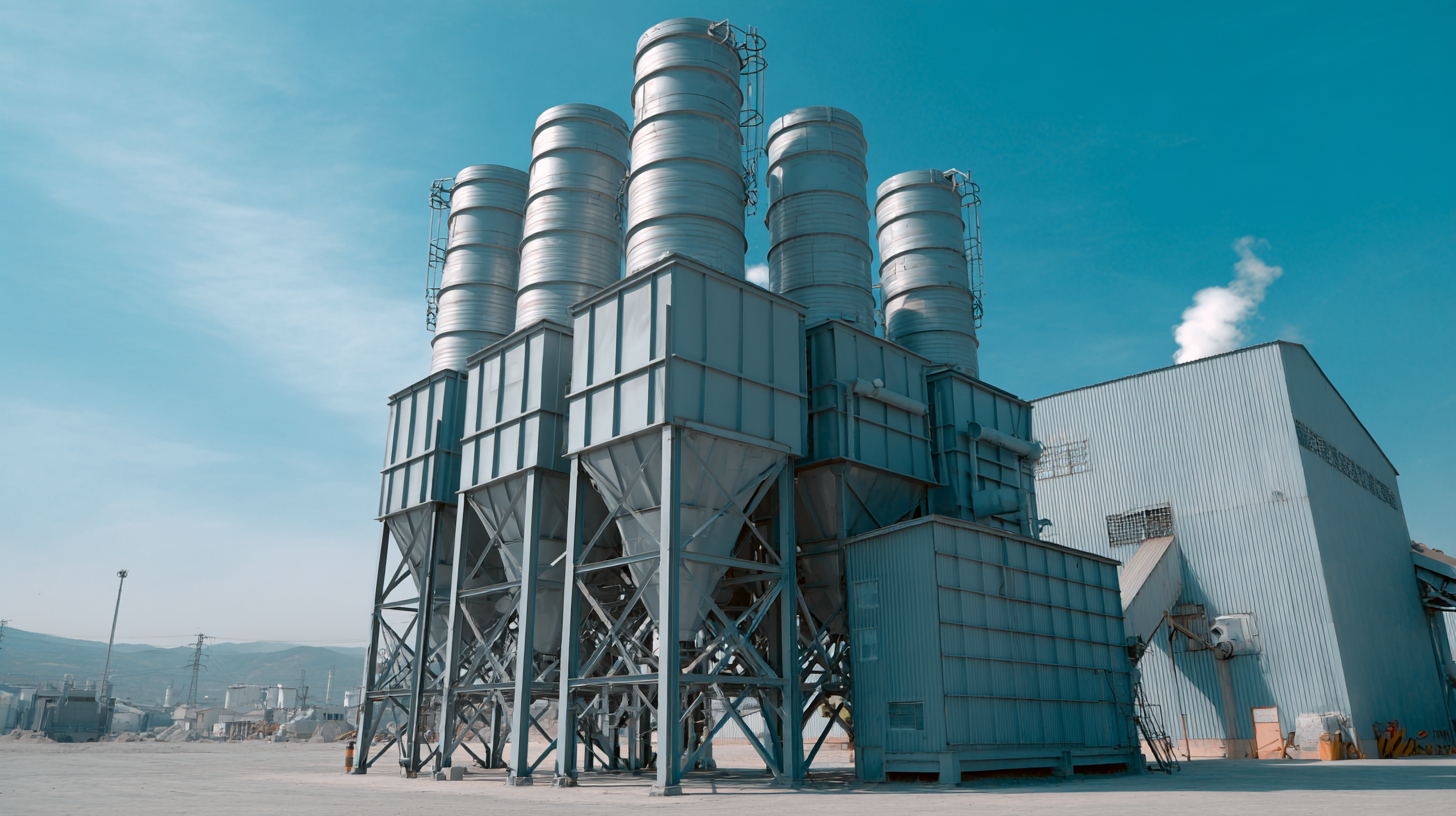 Take the 'Multi Cyclone Dust Collector'—it’s actually pretty impressive for separating dust and particles from the air, and it does a great job without guzzling too much energy.
I read in a report from Research and Markets that the global market for air pollution control systems is set to grow a lot, mainly because companies are putting more focus on sustainable manufacturing.
Companies like Shanghai Jiongcheng Industrial Co., Ltd. are really pushing to offer complete lubrication solutions for machines that run hot.
So, understanding how systems like multi cyclone dust collectors work isn’t just tech talk—it’s pretty important. When you combine advanced tech and good quality lubricants, industries can run better, emit fewer pollutants, and create a safer, healthier working environment—all while making sure they’re compliant with environmental standards.
Take the 'Multi Cyclone Dust Collector'—it’s actually pretty impressive for separating dust and particles from the air, and it does a great job without guzzling too much energy.
I read in a report from Research and Markets that the global market for air pollution control systems is set to grow a lot, mainly because companies are putting more focus on sustainable manufacturing.
Companies like Shanghai Jiongcheng Industrial Co., Ltd. are really pushing to offer complete lubrication solutions for machines that run hot.
So, understanding how systems like multi cyclone dust collectors work isn’t just tech talk—it’s pretty important. When you combine advanced tech and good quality lubricants, industries can run better, emit fewer pollutants, and create a safer, healthier working environment—all while making sure they’re compliant with environmental standards.
Key Components of a Multi Cyclone Dust Collector Explained
A Multi Cyclone Dust Collector is pretty much a next-level system crafted to pull dust and tiny particles out of the air in all sorts of industrial settings. At the core of this setup are its main parts, which all work together to get the job done efficiently. The star of the show is the cyclone separators — they use centrifugal force to spin the air around, forcing dust particles to the sides and out of the airflow. Think of each cyclone as a mini Dust Boss, boosting the whole filtration process.
Then there's the inlet duct, which is basically the highway guiding the dirty air into the system. When this part’s well-designed, it keeps the airflow smooth and steady, cutting down on turbulence and energy waste. And don’t forget the dust collection chamber — it’s where all the dust settles down, giving the clean air a chance to flow back out into the environment. All these parts work hand-in-hand to create a system that can handle big volumes of air while still keeping filtration sharp as ever. Grasping the role of each component is super helpful if you’re serious about making your dust collection setup work better.
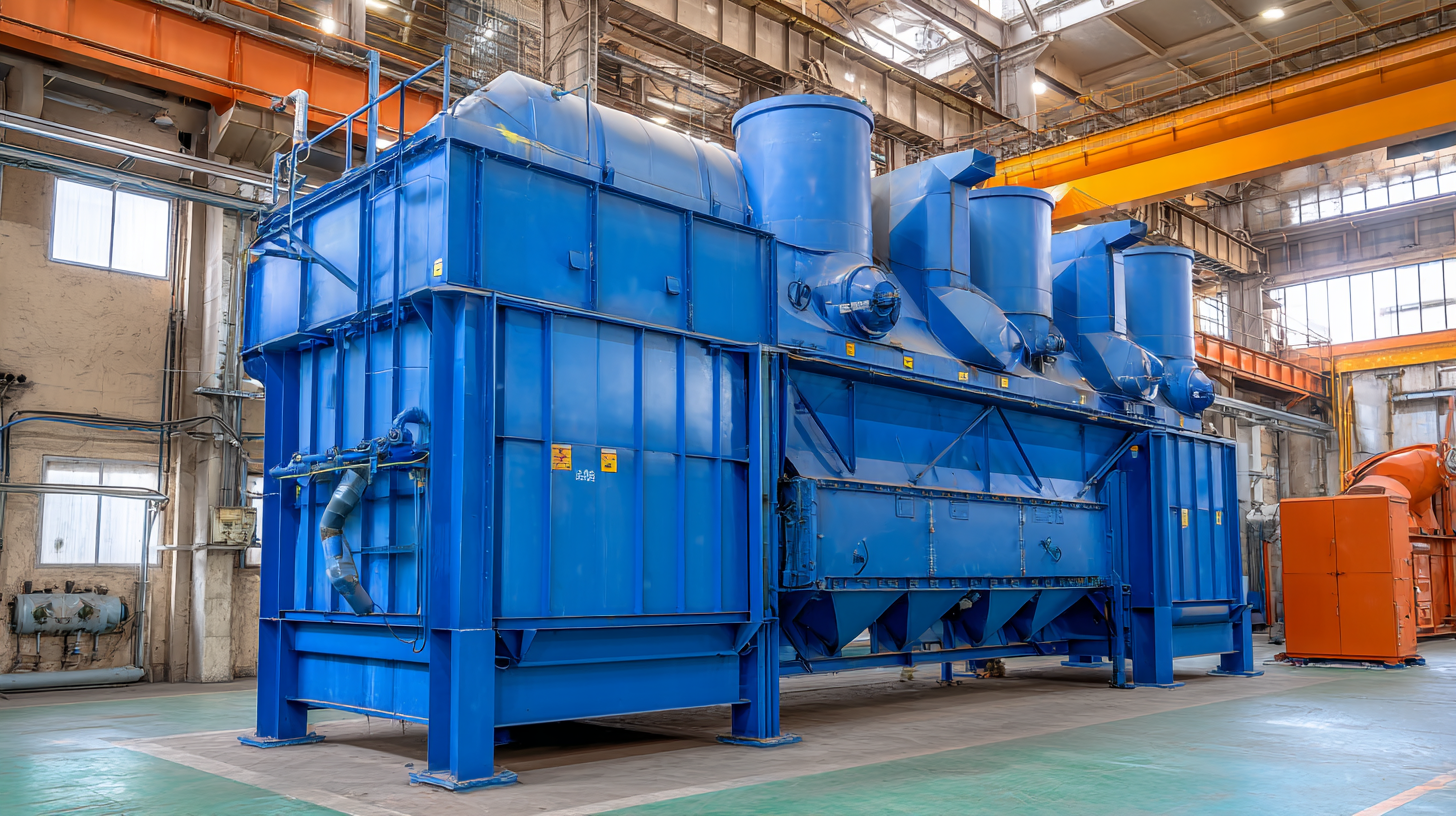
The Science Behind Cyclonic Separation: How It Works
Getting a good grasp of how cyclonic separation works is pretty important if you're trying to optimize dust collection systems, especially in more advanced setups like Circulating Fluidized Bed (CFB) boilers. Basically, cyclone separators rely on the spinning action of air and centrifugal force to kick out particles from gas streams. Lately, there's been quite a bit of research showing that the shape of the vortex and the cone sections really matter — small tweaks in the geometry can make a big difference in how well these devices separate dust. That means engineers can fine-tune the design to get better efficiency.
On top of that, new techniques are popping up all the time to improve cyclones. Things like Computational Fluid Dynamics (CFD) and other high-level numerical analyses are giving us a closer look at how factors like high flux densities or the properties of gas-liquid mixes play a role. Interestingly, some studies highlight that the particles themselves can influence condensation inside the cyclone pretty significantly. All this just goes to show that both the design and how you run these systems need to be spot-on to get the best results. Overall, the field keeps evolving—it's pretty fascinating how much there is still to explore in cyclonic separation tech.
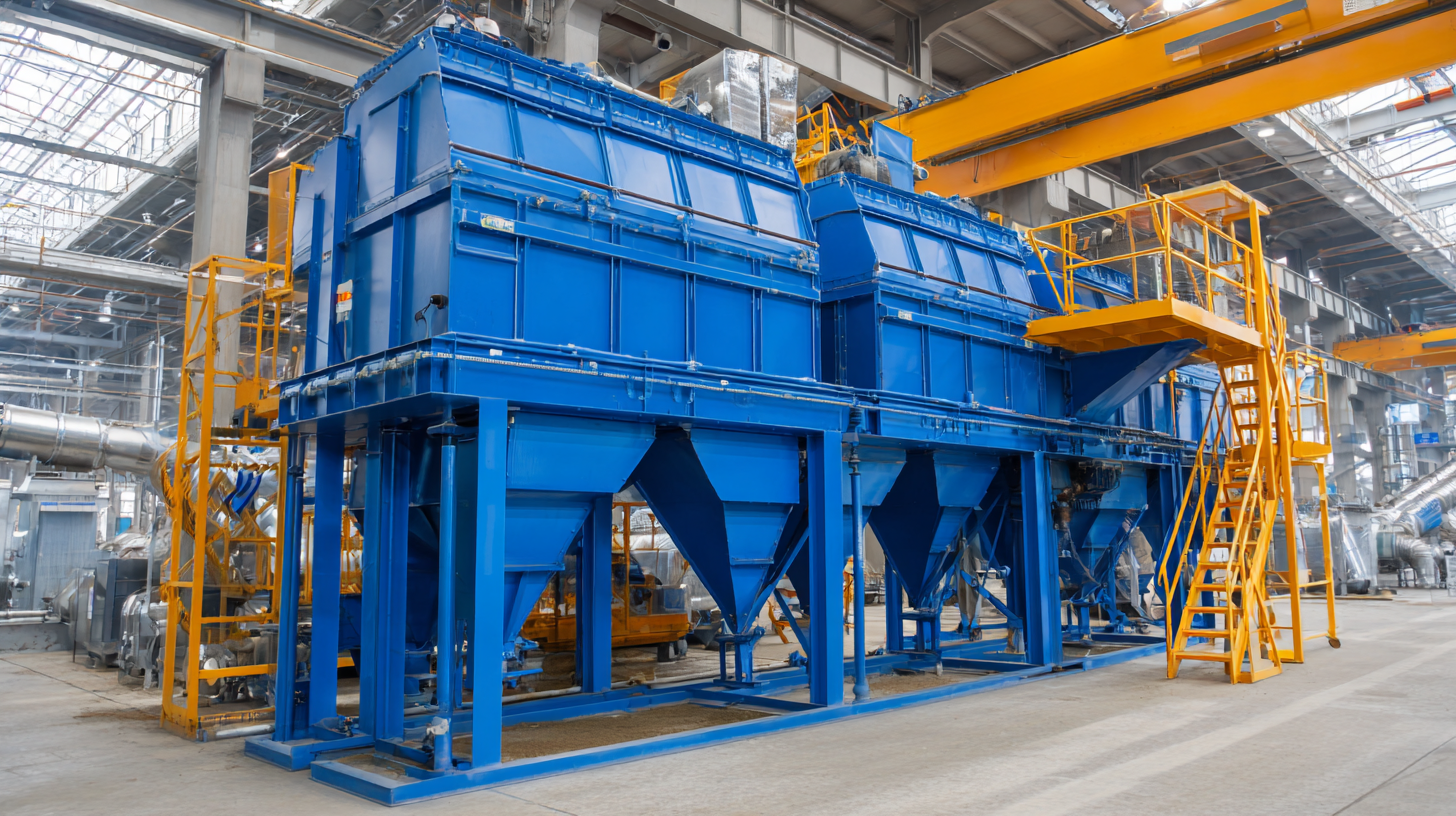
Step-by-Step Process of Dust Collection in a Multi Cyclone System
So, the way dust gets cleaned up in a multi-cyclone system is pretty interesting. Basically, dust-laden air comes in, hits this separator plate, and then starts spinning around super fast. According to a report by the American Industrial Hygiene Association, these systems can actually trap up to 95% of the dust—no joke—making the air way cleaner in factories and stuff. As everything swirls around, the heavier dust particles get hurled outwards by centrifugal force and stick to the walls of the cyclone. From there, they drop into a hopper for easy disposal. It's a pretty clever setup because it stops the dust from bouncing back into the air and also makes sure the airflow stays efficient, saving energy. I read in the Journal of Cleaner Production that switching to multi-cyclone systems can cut down particulate emissions by up to 60% compared to old-school methods. Honestly, it's a pretty big leap forward for keeping industrial air cleaner and safer.
Dust Collection Efficiency of Multi Cyclone Systems
This bar chart illustrates the dust collection efficiency of various types of multi cyclone systems, showcasing how each type performs on average. Efficiency is crucial for ensuring clean air and optimal operational performance in industrial processes.
Benefits of Using Multi Cyclone Dust Collectors in Various Industries
Multi cyclone dust collectors have really been gaining popularity across different industries lately. People love them because of their clever design and how well they can clear out dust and debris. One of the big perks is their chance to trap a ton of tiny particles while still using relatively little energy. That’s why you’ll see them in factories, woodworking shops, and even food processing plants — anywhere dust control is a must for keeping workers safe and ensuring the products stay top quality.
What’s also pretty cool is how flexible these collectors are. Their small, compact size makes them perfect for places where space is tight. Plus, they work well across a bunch of airflow levels and can be tweaked to fit specific industrial needs. That kind of adaptability doesn’t just improve efficiency, but it also helps cut down on maintenance costs and energy bills — a definite win for businesses wanting to keep things clean and cut back on waste.
Common Challenges and Solutions When Operating Multi Cyclone Dust Collectors
Running multi-cyclone dust collectors can come with a fair share of challenges, but honestly, understanding how they work is key to keeping everything running smoothly. One of the most common problems? Dust buildup on the filters. If you don't keep an eye on it, it can really cut down on how well the system works. So, doing regular maintenance and cleaning is a must—you don’t want to let that slip. Industry folks say that a well-cared-for system can boost dust capture efficiency by up to 20%, which is pretty significant.
Then there's the issue of balancing the airflow inside the system. If the air flows unevenly, it can mess with performance and end up wasting energy. Using flow measurement tools can be a real game-changer—they help you tweak and optimize how the air gets circulated. Honestly, it’s a good idea to run some flow tests every now and then just to make sure everything’s running at its best.
And for companies like Shanghai Jiongcheng Industrial Co., Ltd., investing in good lubricants really pays off. Using high-quality, high-temperature chain lubricants can keep things moving smoothly, even under tough conditions. It’s also smart to evaluate what kind of lubricants your machinery actually needs based on how you’re operating, because that can really help extend the lifespan of your dust collectors and keep them efficient longer.
7 Innovative Tips for Understanding the Multi Cyclone Dust Collector Working Principle - Common Challenges and Solutions When Operating Multi Cyclone Dust Collectors
| Tip Number | Tip Description | Common Challenges | Suggested Solutions |
|---|---|---|---|
| 1 | Understand the Airflow Dynamics | Improper airflow setup can lead to inefficiencies. | Perform a thorough analysis of airflow paths before installation. |
| 2 | Regular Maintenance Checks | Increased wear and tear leading to performance drop. | Schedule periodic inspections and replace worn parts promptly. |
| 3 | Optimize Collection Efficiency | Dust escapes due to insufficient collector sizing. | Ensure dust collector is sized appropriately for the volume of air. |
| 4 | Utilize Advanced Filtration Media | Standard filters may not capture fine particles. | Invest in high-efficiency particulate air (HEPA) filters. |
| 5 | Monitor Operating Conditions | Changes in environment affect dust collection. | Use sensors to monitor temperatures and humidity levels. |
| 6 | Integrate with Process Equipment | Misalignment can lead to dust leakage. | Ensure all connections between equipment and collector are sealed. |
| 7 | Educate Your Team | Lack of knowledge can lead to operational errors. | Conduct regular training sessions on the equipment. |
Optimizing Industrial Air Quality: Leveraging Data on JC-XPC Multi-Cartridge Dust Collector (Without Blower and Motor) Performance
In the realm of industrial air quality management, the JC-XPC multi-cartridge dust collector stands out as a vital tool for enhancing workplace safety and compliance. This equipment is specifically designed to effectively capture harmful welding fumes generated from processes such as arc welding, gas welding, and cutting of various metals including carbon steel, stainless steel, and aluminum. Its robust design allows it to adapt seamlessly across various industries such as machinery, foundries, metallurgy, and automotive manufacturing, ensuring cleaner air in environments where metalwork is predominant.
What sets the JC-XPC apart is its blower and motor-free operation which, while reducing energy consumption, also minimizes maintenance needs. By optimizing performance with data-driven technologies, this dust collector not only improves air quality but also reinforces the importance of a healthy workspace. Industries can leverage this advanced dust collection system to comply with stringent regulations while promoting employee health and enhancing operational efficiency. The JC-XPC serves as an indispensable asset for any organization committed to maintaining optimal air quality standards in their facilities.
FAQS
: The primary function of a multi cyclone dust collector is to efficiently separate dust particles from air to improve air quality in industrial environments, achieving separation efficiencies of up to 95%.
In a multi cyclone system, dust-laden air enters and hits a separator plate that causes it to move in a circular motion. Centrifugal forces then push heavier particles to the outer walls, where they are collected and funneled into a hopper for disposal.
Implementing multi cyclone systems can reduce overall particulate emissions by up to 60% compared to traditional dust collection methods.
Common challenges include dust accumulation on filter surfaces, imbalanced airflow, and the need for regular maintenance to ensure efficiency and performance.
Regular maintenance and timely cleaning of the dust collectors are crucial to prevent dust accumulation, which can improve dust capture efficiency by up to 20%.
Imbalanced airflow can affect performance and increase energy consumption, making it essential to implement flow measurement tools and conduct periodic flow tests.
Utilizing advanced lubricants, such as high-temperature chain lubricants, can enhance the longevity and performance of operational components while ensuring smooth operation.
Assessing lubricant requirements in conjunction with operating processes can further enhance the reliability and efficiency of dust collection systems.
Optimizing airflow leads to better energy efficiency and improved dust collection performance, ensuring that the system operates at peak capacity.
Conclusion
So, let's talk about how a multi cyclone dust collector actually works. Basically, it's all about efficiently trapping and separating dust particles using cyclonic action. The system mainly relies on components like cyclone separators and collection hoppers that work together pretty seamlessly to get the job done. The science behind it? It’s all about centrifugal force—think of air swirling inside the cyclones, which helps throw out the bigger dust particles, while the finer dust gets collected. It’s a pretty clever, step-by-step process that makes dust management way more effective, and that’s why these setups are so popular across different industries.
Using a multi cyclone dust collector isn’t just good for keeping the air cleaner — it also helps cut down on wear and tear on your equipment and can save money on maintenance. But, heads up—things can go a bit sideways if you don’t keep an eye on it. For example, filters might clog up or performance could dip if things aren’t managed properly. The good news? With the right tweaks and maintenance, you can really maximize the benefits of these advanced systems. Here at Shanghai Jiongcheng Industrial Co., Ltd., we totally get how critical it is to keep your operations running smoothly. That’s why we’re all about providing reliable lubrication solutions to support machinery — including dust collectors — so they stay in top shape, even in tough environments.
Related Posts
-
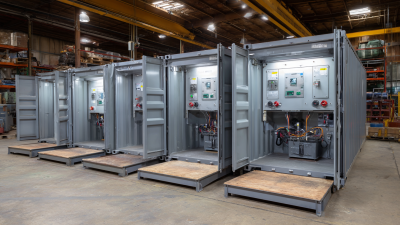
Choosing the Right Manufacturer for Best Micro Air Dust Collectors and Key Features to Compare
-

2025 Trends in Woodworking: The Ultimate Comparison of the Best Miter Saw Dust Collectors
-
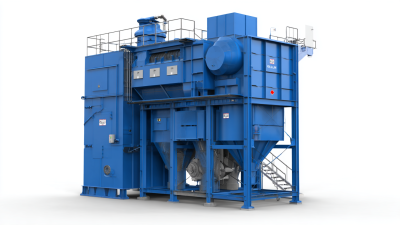
2025 Market Insights: Best Reliant Dust Collector Model 720 as a Game-Changer for Global Procurement Trends
-

How to Choose the Right Manufacturer for the 7 Best Dust Collector Machines for Flour Mills
-

Top Strategies for Selecting the Best Reliant Dust Collector A Guide for Global Buyers
-
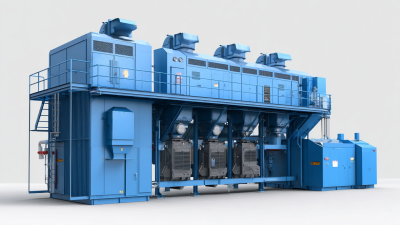
Discover Outstanding Products from China with the Best Reliant Dust Collector 720 for Global Buyers

